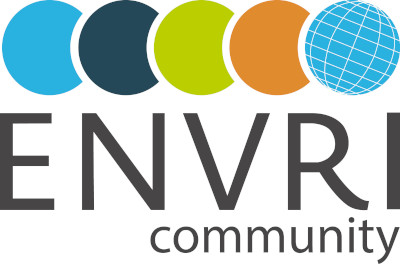In this third webinar in the “Towards the ENVRI Community International Winter School” series, Claudio D’Onofrio and Karolina Pantazatou will present how Jupyter Notebook technology can be used by a Research Infrastructure to enhance the discoverability, accessibility, and usability of their data products. Based on their work at the ICOS Carbon Portal, Claudio and Karolina will discuss the basics of a Jupyter installation, how to organise entry points and code libraries, and then show a number of examples of Notebooks designed for different purposes and target audiences. More information about the content of this webinar can be found below
Presenters
Claudio D’Onofrio and Karolina Pantazatou, ICOS Carbon Portal
Who should participate
Staff at ENVRI data centres, and all who are interested in using Jupyter Hub with Python Notebooks to disseminate research data to the public, policymakers, and scientists
When
Tuesday September 22, 2020, 10:00 – 12:00 (CEST)
Where
Online
Registration
Please register at https://www.lifewatch.eu/web/guest/towards-envri-winter-school-registration by September 21. All registered participants will be sent the link to the webinar and associated materials via e-mail.
Organizers
ENVRI FAIR Work Package 6
Contact
Margareta Hellström, Maria Johnsson
More information
Abstract by Claudio D’Onofrio & Karolina Pantazatou: A case study on how to use a Jupyter Hub with Python Notebooks as to disseminate research data to the public, policy makers, and scientists. The Integrated Carbon Observation System (ICOS) is a European Research Infrastructure Consortium, measuring greenhouse gas concentrations and fluxes. The curated data sets are linked to a persistent identification and are public available. The data portal (ICOS Carbon Portal) further provides services for online collaboration and education. This webinar is structured into the following three parts:
- Automation of Infrastructure
- Data Access
- Dissemination and Collaboration
In a nutshell we will show you how we use ansible playbooks to create virtual machines, where we assemble docker images to run a Jupyter Hub and the final user interface as a docker container. For shared access and collaboration, we use the underlying Linux infrastructure to create users and groups to fine tune access. We will touch these topics only on the surface, further reading see links below. Secondly, we will present how we implemented access to the available data sets and their properties: the conventional way and direct access with a proprietary python library. The last part gives an overview of services, applications, notebooks and visualisations with examples tailored to different audiences.
Time permitting, we will have a panel discussion about Jupyter and Python, pros and cons of the different technics applied in ICOS, scalability, other programming languages, FAIR principles etc.
Please find the links following the abstract here


